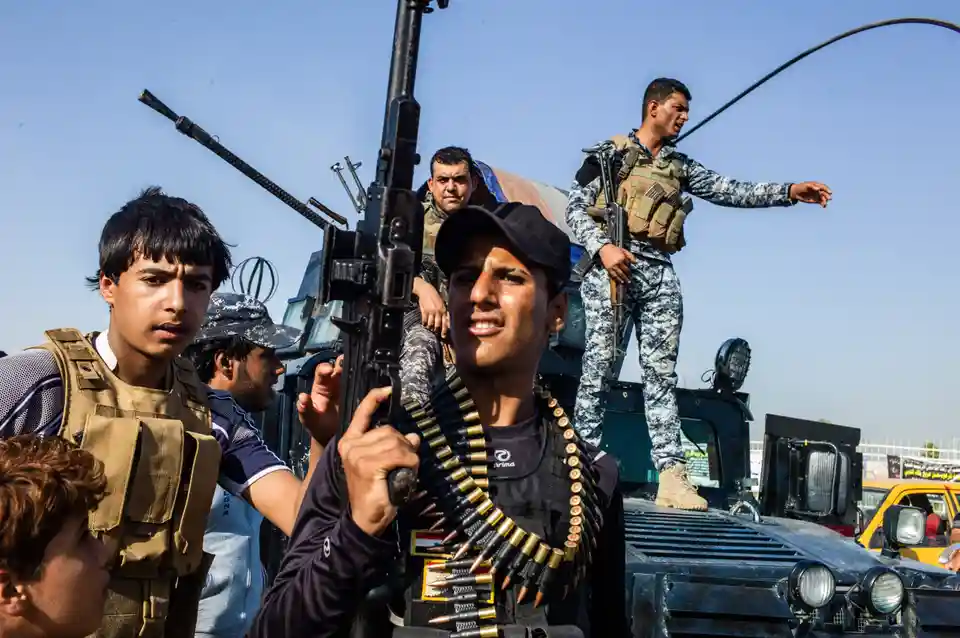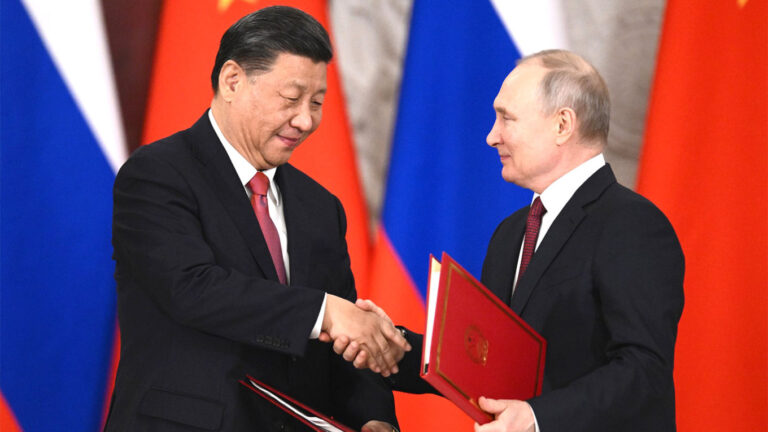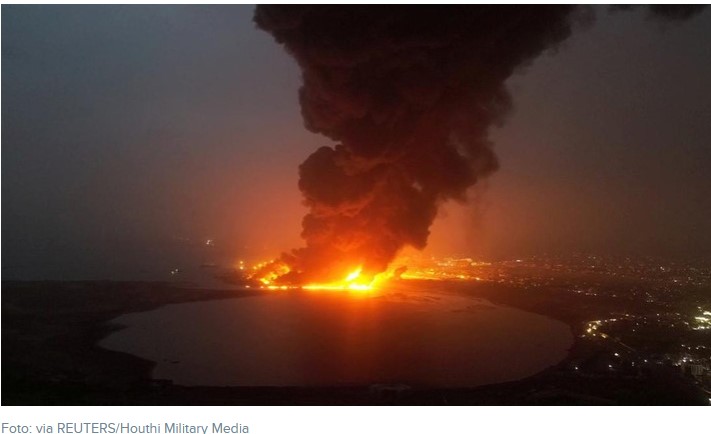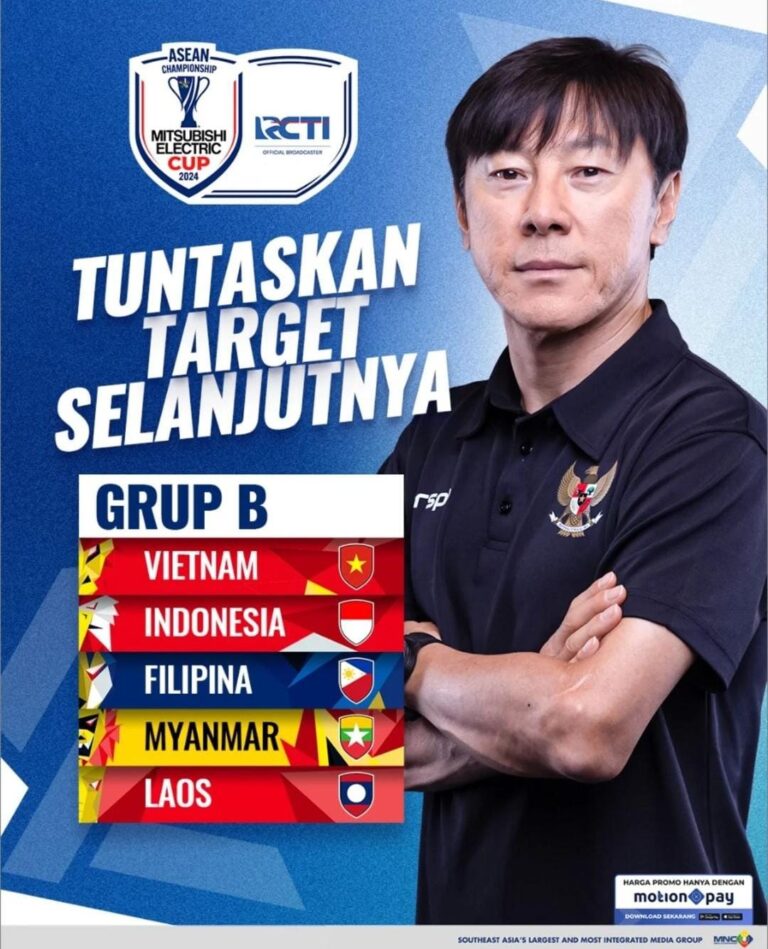
STRATEGIC ASSESSMENT- The IRGC-QF’s support for several militias inside Iraq, not just KAH, and the diversity of Iran’s tactics, have enabled Iran’s operations in Iraq to continue unabated. Even KAH recovered quickly from Muhandis’ death: in late February, a top KAH leader, Abdulaziz Al Mohammadawi (also known as Abu Fadak, ‘the Uncle’) replaced Muhandis as deputy leader of the militia infrastructure collectively known as the Popular Mobilization Forces (PMF). The PMF, established in 2014 to combat the Islamic State’s challenge, are nominally led by Iraq’s Interior Minister, but in practice it is the deputy leader that heads the force.
Mohammadawi is well positioned to continue to implement the overall strategy set by Soleimani and continued by his successor as IRGC-QF commander, Esmail Qaani. At the time of the U.S.-led overthrow of Saddam Hussein in 2003, Mohammadawi was a stalwart in the most established of the Iran-backed militias, the Badr Brigades (later renamed the Badr Organization).
He was close to Soleimani and, even though he left the Badr Organization to help found KAH in 2005, he remains close to Badr leader Hadi Al Ameri. Ameri is not only the leader of that organization but he also heads the second largest faction in Iraq’s Council of Representatives (parliament). The largest bloc, called Sairoon (‘those who march forward’), is led by the charismatic cleric Moqtada Al Sadr, whose own militia force that formed in 2004 to oppose the U.S. presence in Iraq spawned many of the Iran-backed militias active today. The Sadrist offshoots such as KAH have fallen under Tehran’s sway, whereas Sadr now advocates limiting Tehran’s influence on Iraqi politics.
A question that has arisen is whether the deaths of Soleimani and Muhandis, respectively, have led Tehran to shift its strategy in Iraq. All indications suggest that the deaths have caused Iran to redouble its efforts to force a withdrawal of the 5,200 U.S. military personnel in Iraq.
There is no evidence of Iranian retrenchment in Iraq or elsewhere in the region. In Iraq, Iran sees forcing a U.S. withdrawal as revenge for the killing of Soleimani as well as contributing to Iran’s longstanding goal of keeping U.S. forces far from Iran’s borders. To achieve this goal, Iran is pursuing a two-track strategy: (1) working with faction leaders in Iraq to pass legislation requesting a U.S. departure; and (2) using its militia proteges to continue attacking U.S.-inhabited locations to raise the costs to the United States of remaining in Iraq.
To that end, Iran is working not only with Sadr, who agrees with Tehran that U.S. troops should leave, but also with the pro-Iranian militia commanders who are in the Iraqi parliament, including Ameri and another major figure – Asa’ib Ahl Al Haq (AAH) militia leader Qais Khazali. Khazali has raised his profile somewhat recently with sharp anti-American speeches, in some cases mocking the U.S. imposition of sanctions on him and on AAH, indicating that Khazali might be trying to emerge as the new chief surrogate for Iran inside Iraq.
On the military track, Iran continues to stoke its Iraqi proteges to attack locations in Iraq where U.S. personnel are based, particularly the U.S. Embassy compound in Baghdad. Not only are KAH and Asa’ib Ahl Al Haq still prominent, but in recent weeks another Iran-backed militia, the Harakat Hezbollah al-Nujaba, led by Shaykh Akram Al Kaabi, has become more active.
In mid-February, Nujaba was responsible for rocket attacks on the U.S. Embassy compound and the broader fortified ‘Green Zone’ where embassies and government installations are located. The group also released a photograph suggesting it was surveilling and capable of striking U.S. forces in Iraq. The Nujaba militia is of relatively recent vintage: it formed in 2013 to help Syrian President Bashar Al Assad battle the armed rebels threatening his hold on power. Kaabi, who often appears in public in combat fatigues, is considered a radical seeking to curry favor in Tehran by praising Iranian regional activities in Syria, Lebanon, Yemen and elsewhere.
The Nujaba attacks could represent an effort by Kaabi to compete with Khazali, Ameri, and Mohammadawi to succeed Muhandis as Tehran’s most trusted Iraqi ally. However, the competition among Iraqi faction leaders to earn Tehran’s favor raises the likelihood of Iran-backed actions that cross the Trump administration’s ‘red line’ for triggering another U.S. military response. Those red lines include deaths of U.S. military or civilian personnel, or severe damage or infiltration of U.S.-manned facilities. Therefore, the potential for U.S.-Iran conflict to flare up once again in the near future cannot be discounted (TSC).





